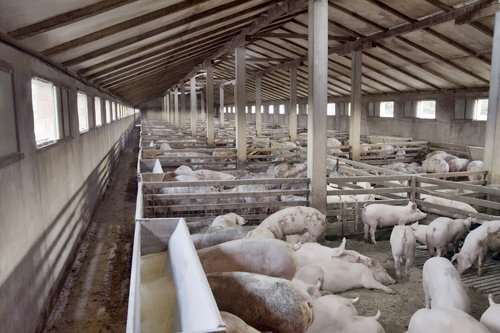The viral disease has made an appearance in the province
By Jennifer Jackson
After being absent for some eight months, Porcine Epidemic Diarrhea (PED) has made another appearance in Ontario.
The Ontario Pork Producers’ Marketing Board confirmed its 100th case of PED since Jan. 2014, on Feb. 22.
The affected operation was a finisher barn in Halimand-Norfolk County, according to an Ontario Pork release.
The swine industry remains focused on eliminating PED from the province, according to Lori Moser, Swine Health Ontario manager.
“We have had a very low prevalence of new PED cases this winter – our last reported case was in June until this new case last week,” she says. “As an industry, we are working towards PED elimination with very few on-farm cases remaining, so (the low rate of reporting) is normal. Our expectation and hope is that although we may have a few cases … it will be a low number.”
Producers see risks of PED transmission in assembly, including but not limited to transportation points and processor docks, Moser says.

Typical February and March weather may also heighten possibilities for PED transmission. “Cold, wet, (and) muddy conditions may present challenges for cleaning and disinfection,” she says. “Also, PED survives well in cold conditions.”
Moser reminds producers to contact their veterinarian immediately if they suspect PED on their farms.
PED-infected pigs will suffer severe diarrhea and vomiting. Pre-weaned pigs will also carry a near 100 per cent mortality rate, according to a National Pork Board information booklet.
Transmission between pigs occurs orally from contaminated feces, so producers should pay extra attention to trucks, clothing, footwear and feed.
For more information, visit the Swine Health Ontario website.